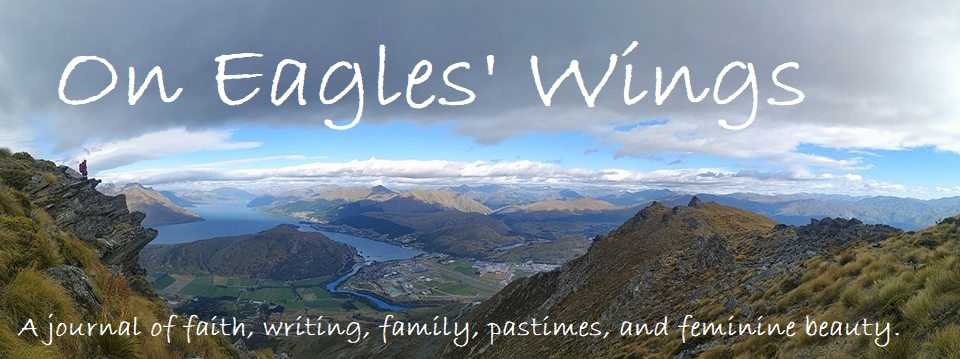I've finally started knitting socks cuff down after being enamoured with toe up since I began knitting socks several years ago, having overcome at last an irrational fear of knitting the cuff too tight and having to undo the whole sock to make it fit (as opposed to just re-doing the bind off on a toe up). As a result, I've had the opportunity to consider the pros and cons of each method and share them here for your enlightenment ...
Toe Up can be tried on as it is worked which makes determining where to start the heel easy enough if you know how many rows it takes; since the sole is usually not worked in the instep pattern it's easy to determine 'sole' and 'instep' and hence when a new round commences; the length of the leg is easily adjusted for preference (and dependent on amount of wool left); it can incorporate a short row toe which I love (partly I think because of the marvel of creating something 'in the round' when knitting back and forth on two needles); cables and other design elements can be worked into the cuff (they can with cuff down too but it's easy to see on toe up) and my least favourite part of knitting socks - the cuff - is done at the very end so the desire to finish makes me get in and get it done. Not so great about toe up is that if you run out of yarn sooner than expected then you have a choice of introducing another yarn that may not work with your colours or having a leg shorter than desired; casting off can sometimes be tricky to get elastic enough without being obviously loose looking; many patterns use a figure-8 technique for casting on a few stitches to work the toe (which I can never figure out - hence the reason I love short row toes); and, if you want to work a short row toe they do require a provisional cast on (I'm not sure why this is a con but apparently for some it is).
Cuff down pros include no need for a provisional cast on; by using a needle a size or two larger to cast on, the cuff is never too tight (well, so far); it's easy to see where patterns can be incorporated into the heel to give a unique look (this is trickier I think with toe up); if you run out of yarn you can use a new one on the foot/toes where it won't be seen in shoes; and the opportunity to play around with different toes (I'm enjoying the Star Toe at present). Cons, I need a marker so that I know when a new round begins; I find the length of the leg harder to determine and knowing when to start the heel; I also find the foot harder to fit and how to ensure the toe isn't begun too early or too late; and with some toes Kitchener Stitch (grafting) is required (this is why some people love the Star Toe and similar because they can be 'cinched' rather than grafted - however, I graft them, duh).
I haven't mentioned heels because last year I began experimenting with French/Round Heels (or U Heels as I call them) and Half Handkerchief Heels (also known as V Heels) and these can be worked either toe up or cuff down. I've not found another heel that fits as well as these two regardless of size or pattern. I have to admit that sometimes the old ways are best after all. Why, it's taken me so long I'll never know! Perhaps because I tried a poorly designed variation of these heels that had me ripping them out sock after sock to get right. Ugh.
In my opinion these heels when worked cuff down look slightly better and are easier than toe up, although they do require picking up stitches (something some people don't like apparently); however toe up is fascinating to watch as it grows to form the shape and involves no picking up stitches. I'm sold on these and have attached a chart that I use (collated from several different patterns) as an easy go-to reference for working these heels from the toe up or the cuff down. (Actually I have an even simpler chart in my book of knitting notes but this gives all the how-to details as well.) For those interested, here it is.






Comments